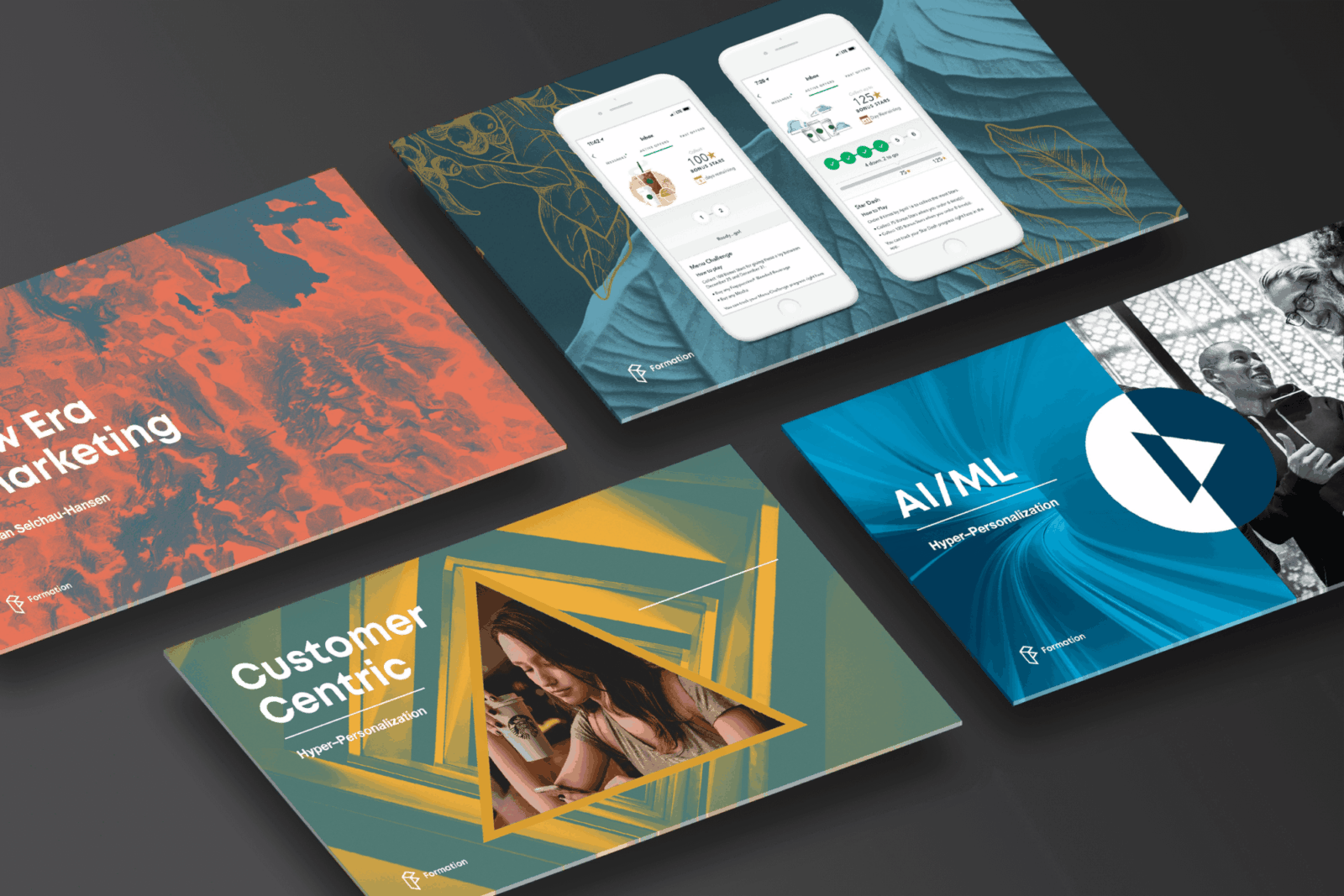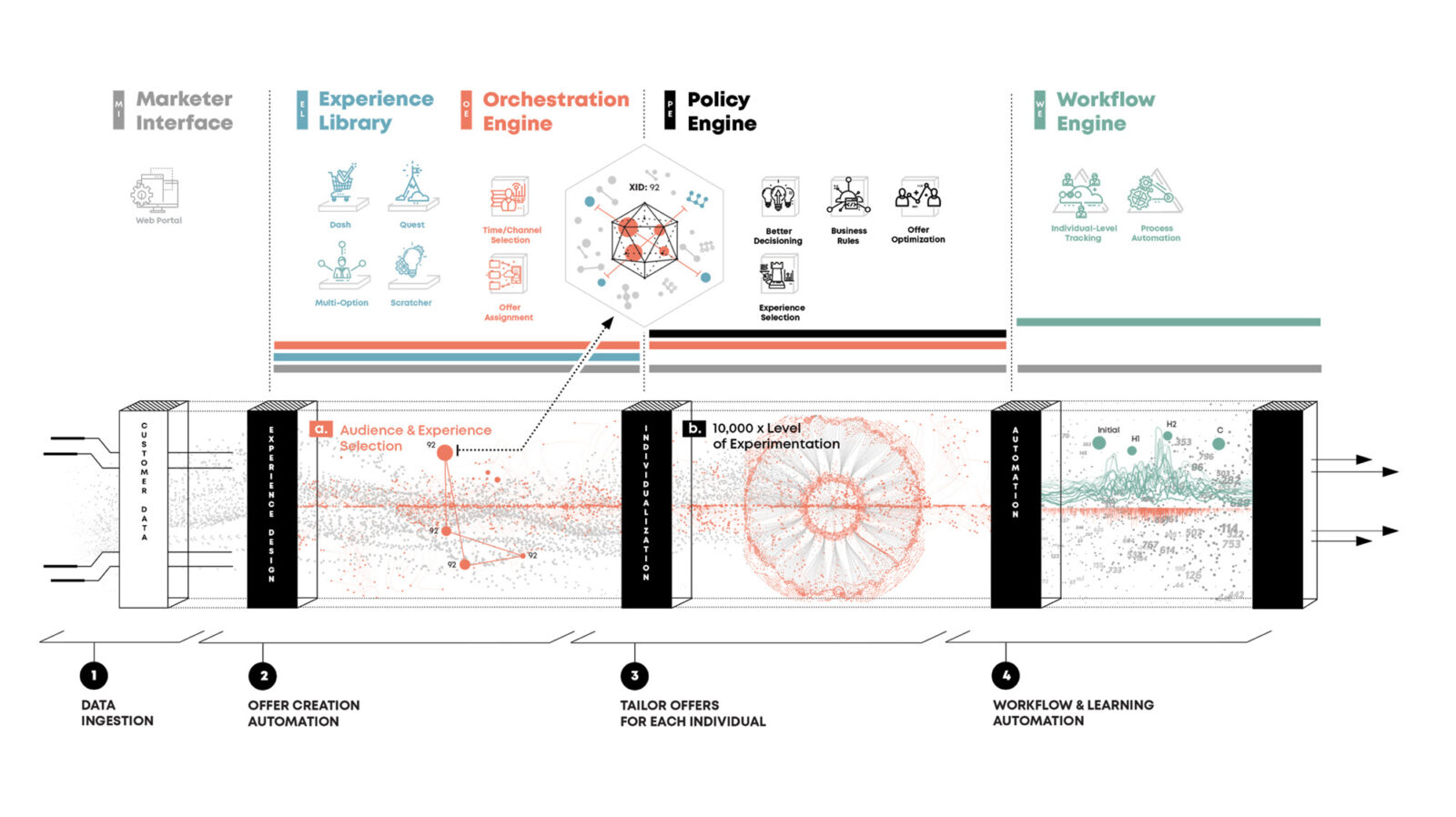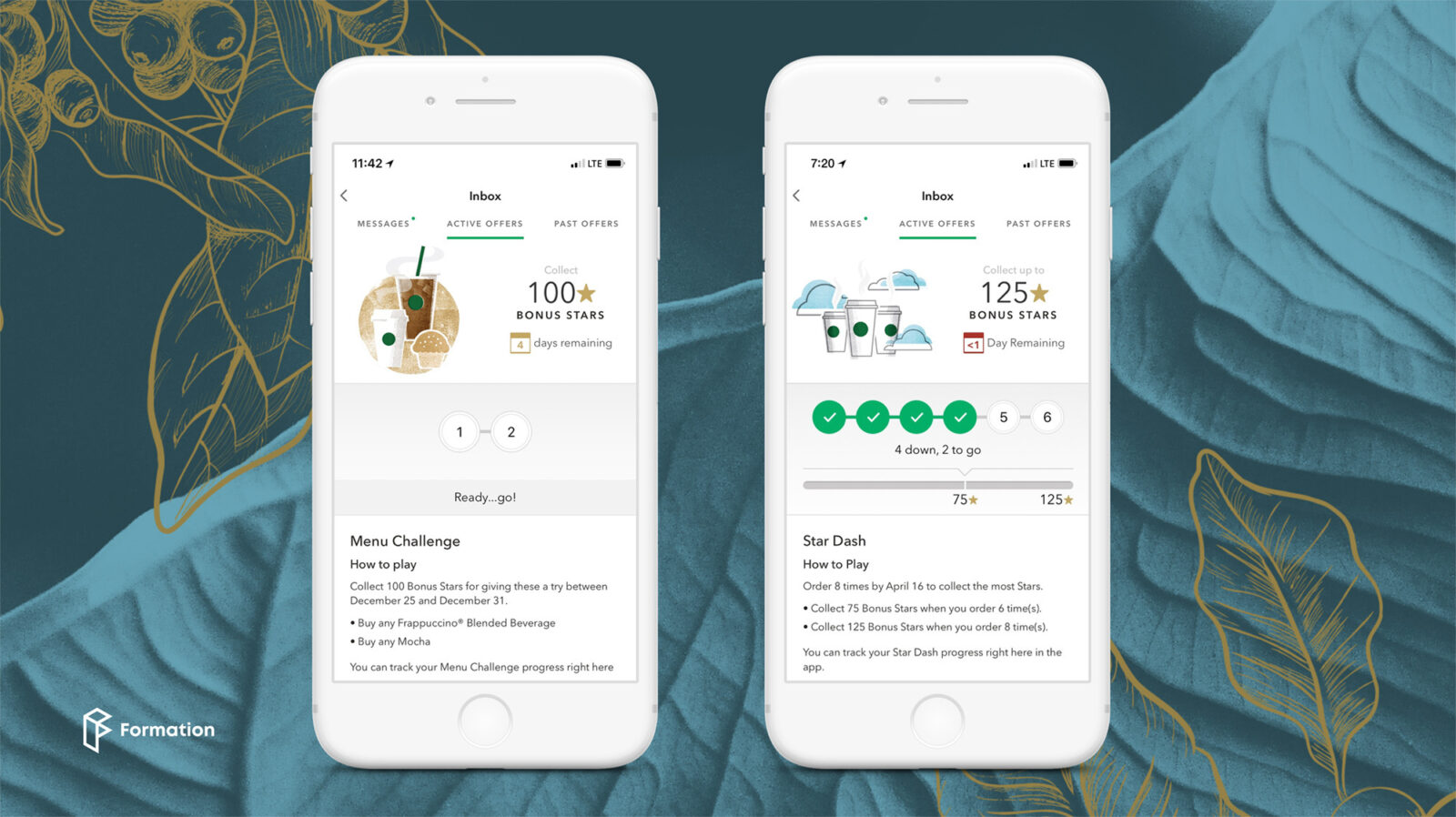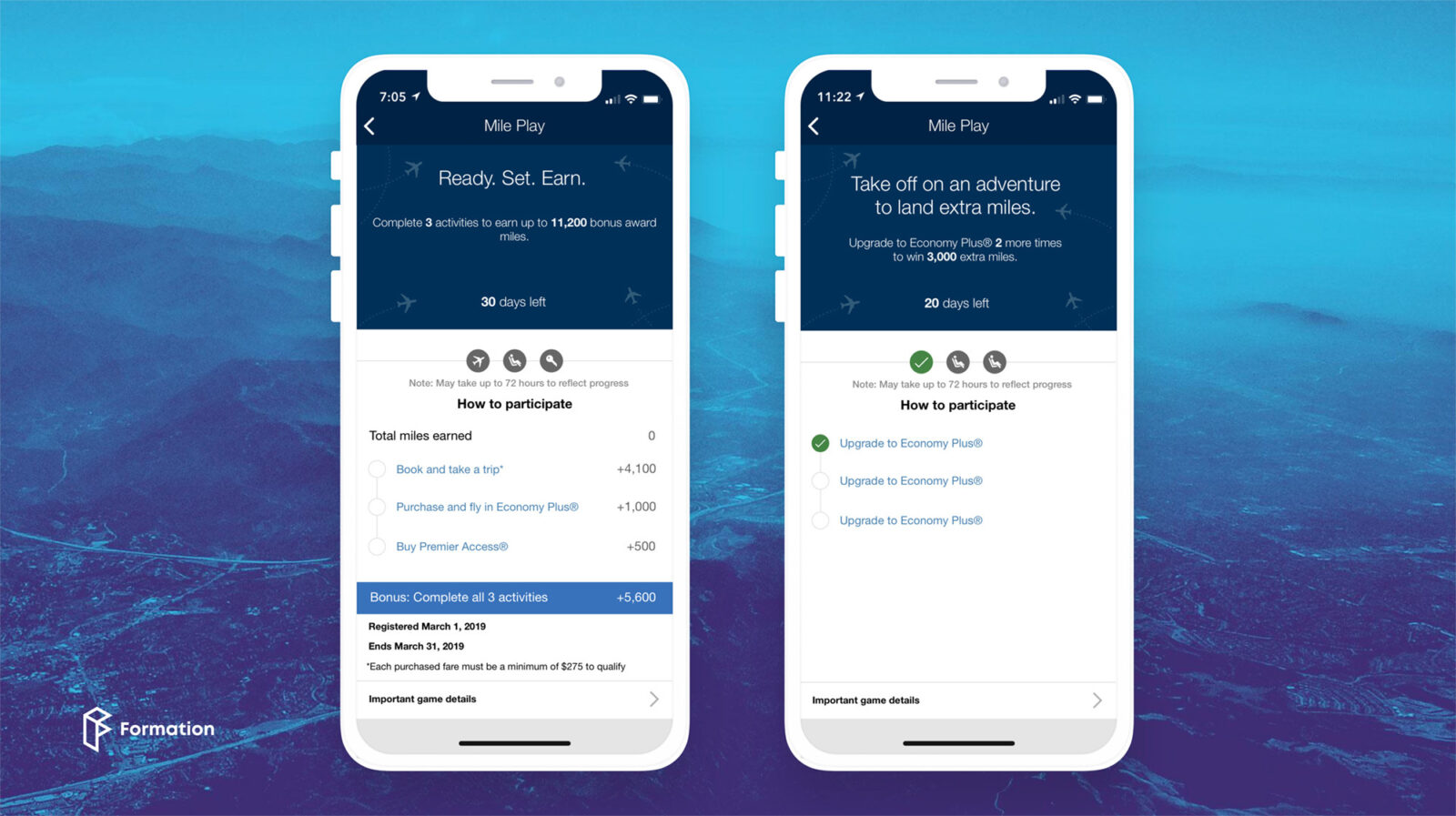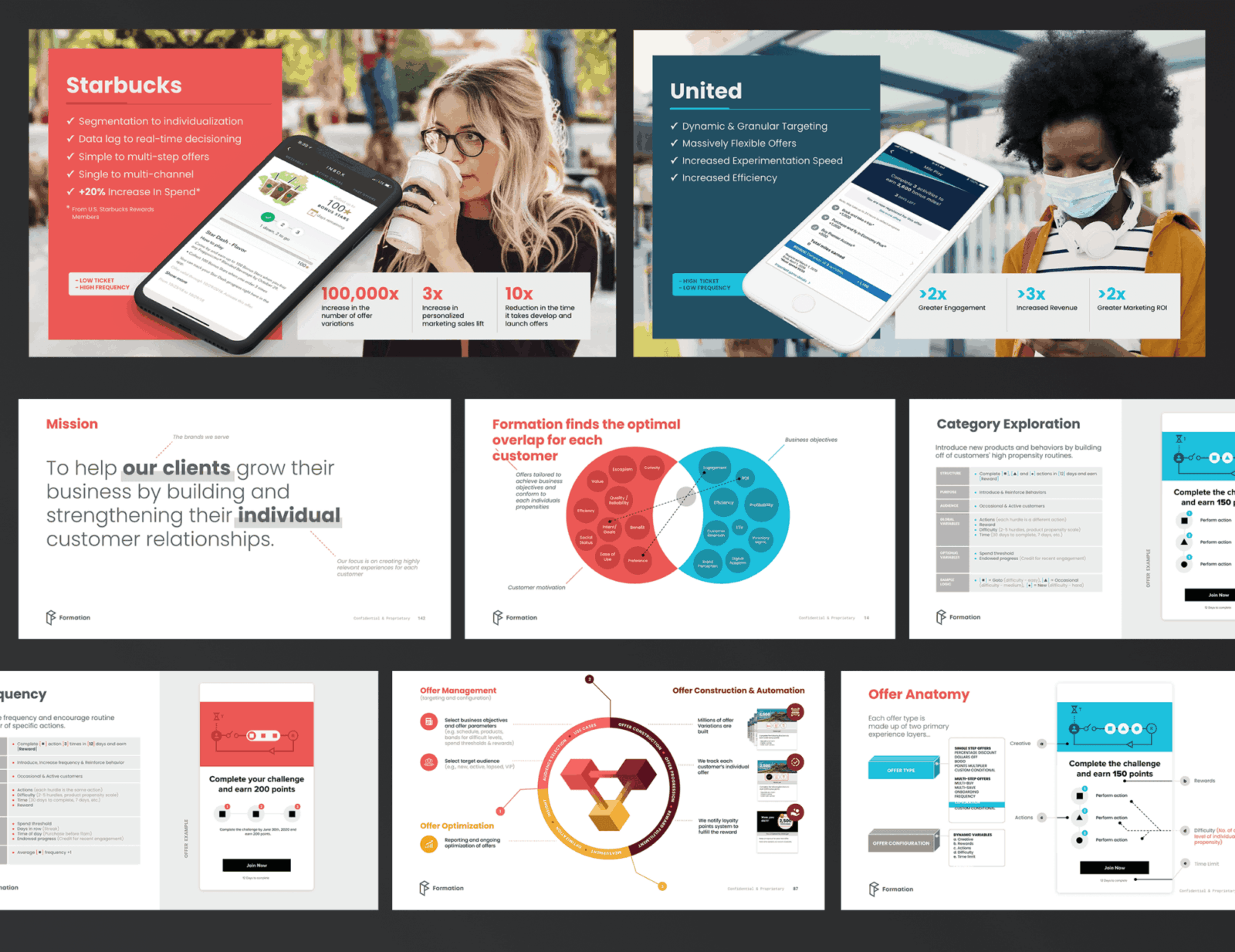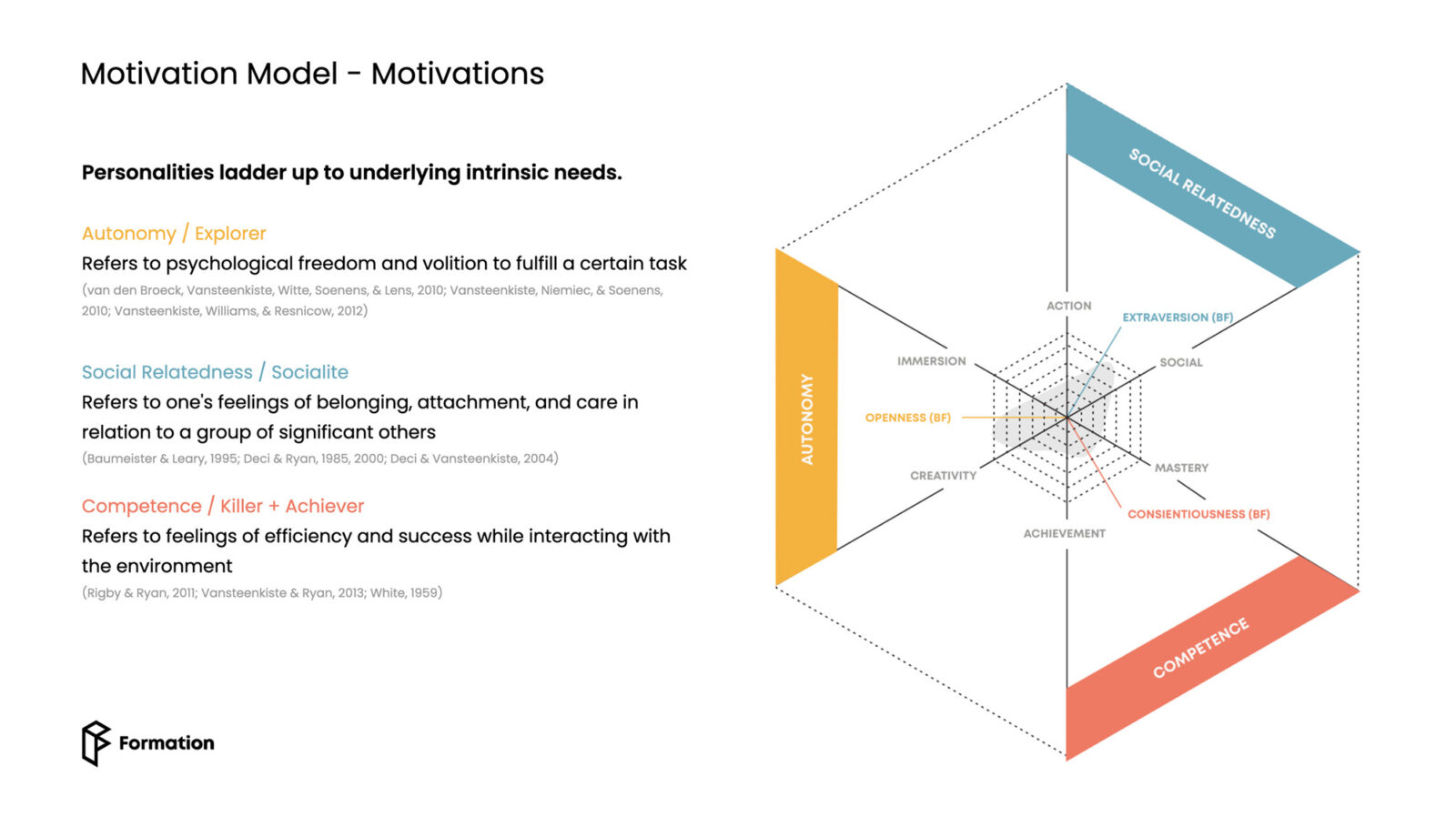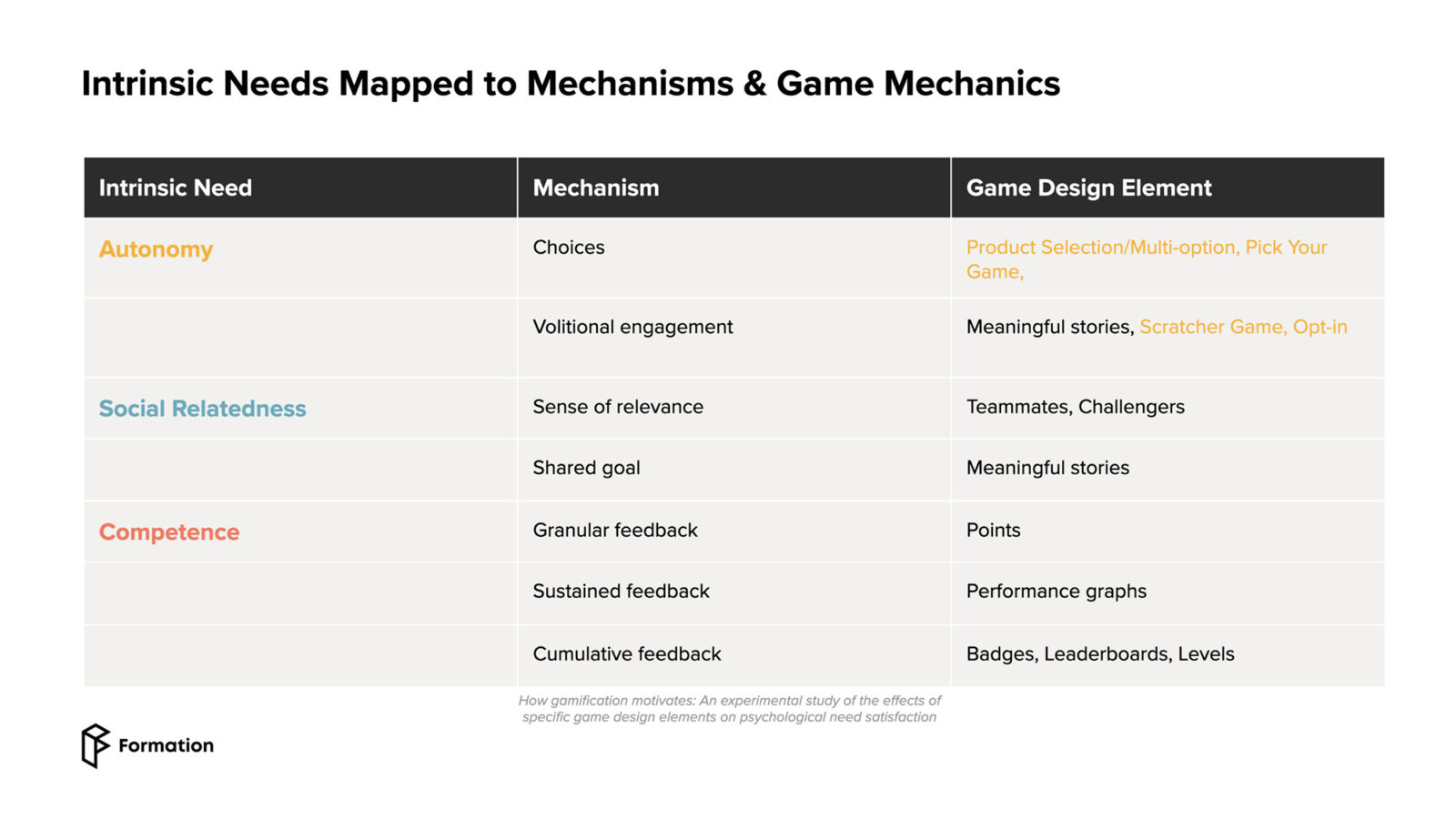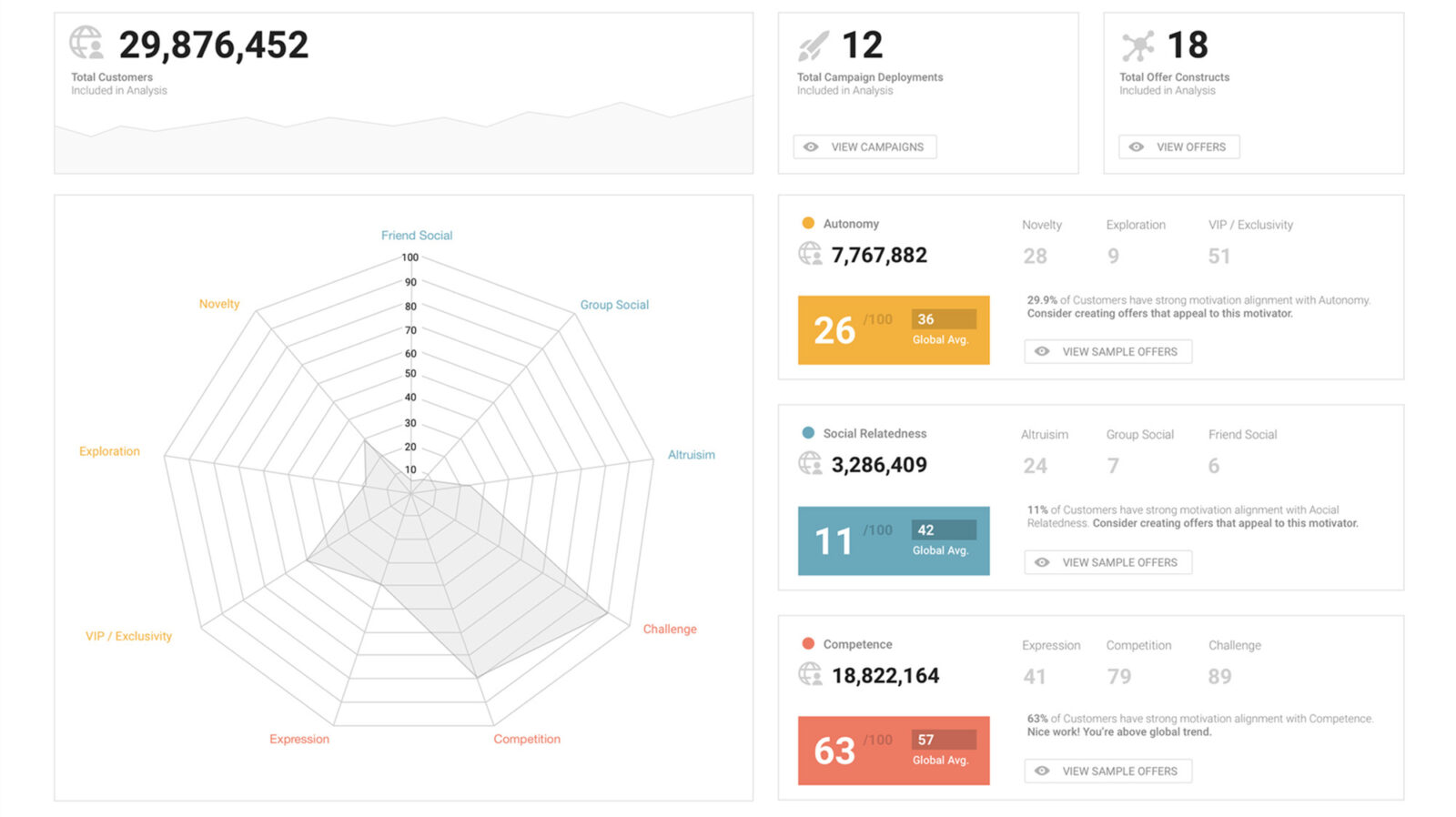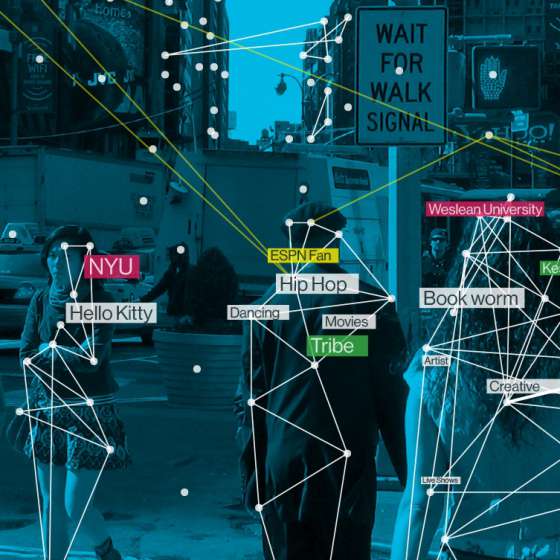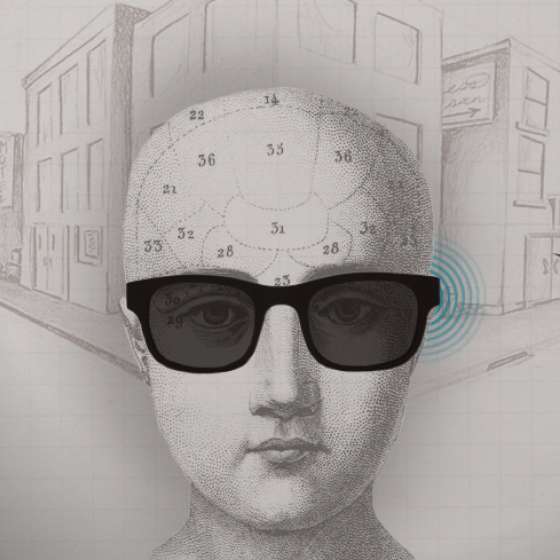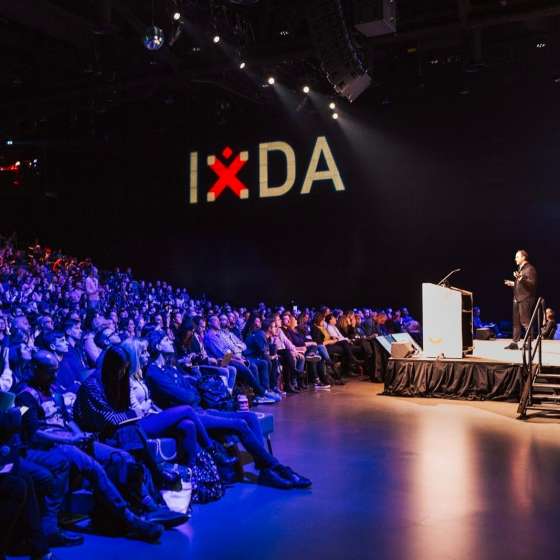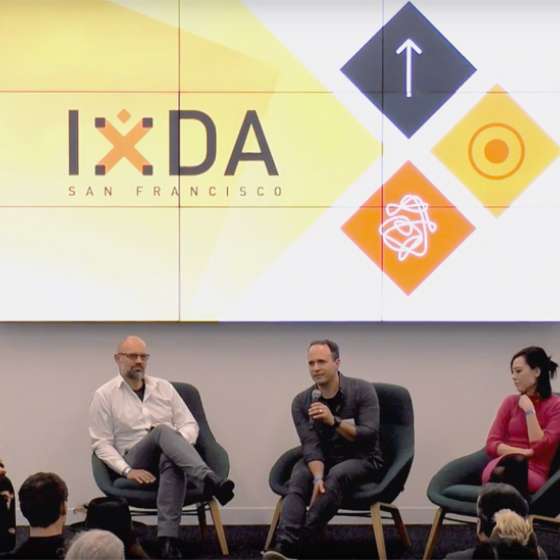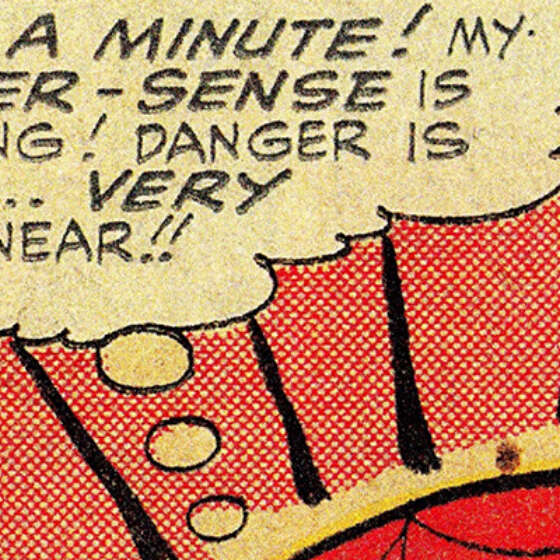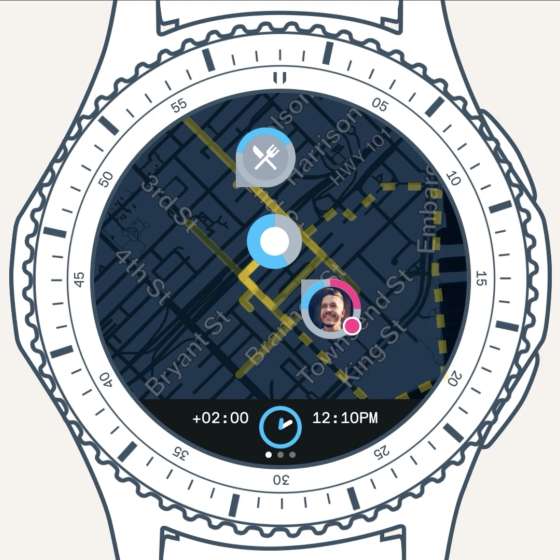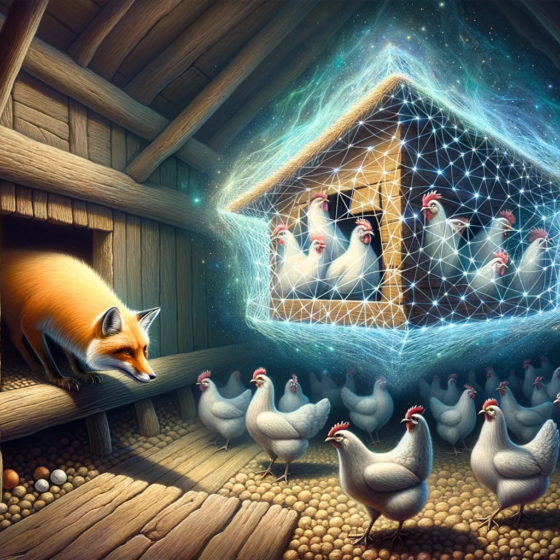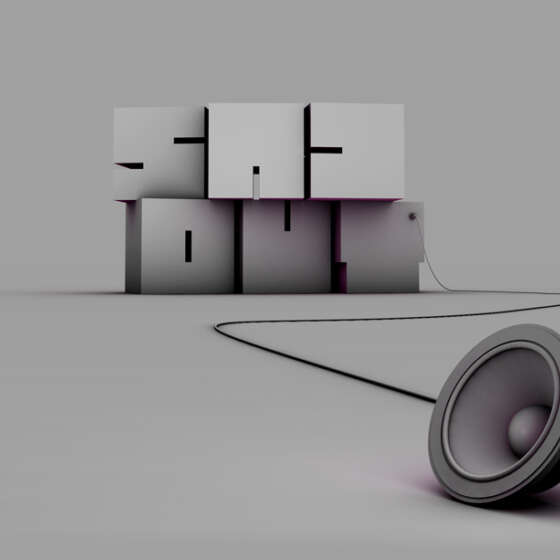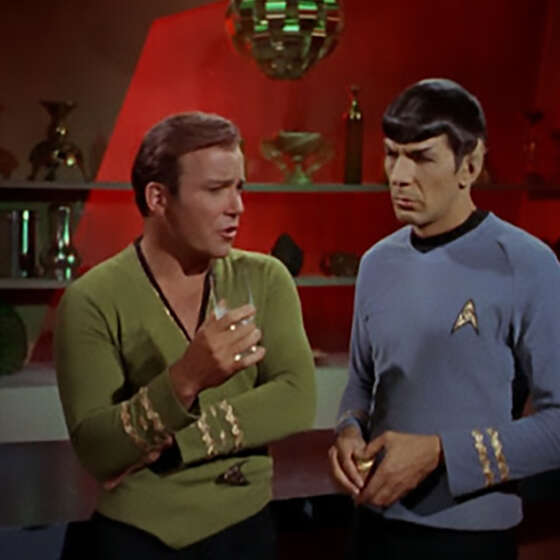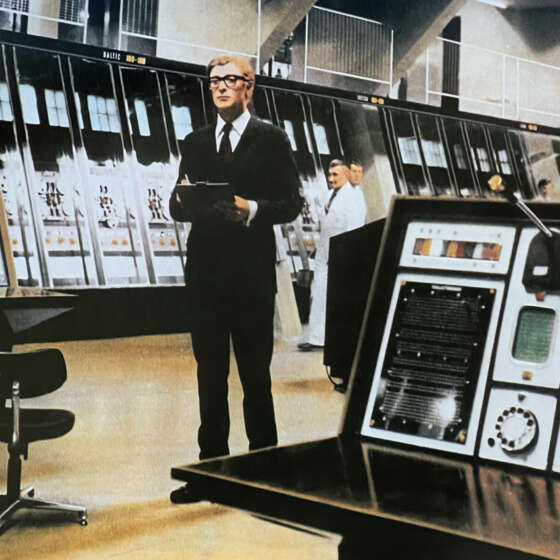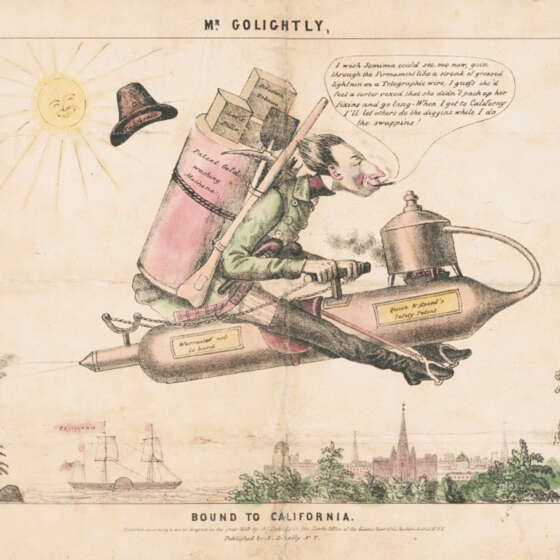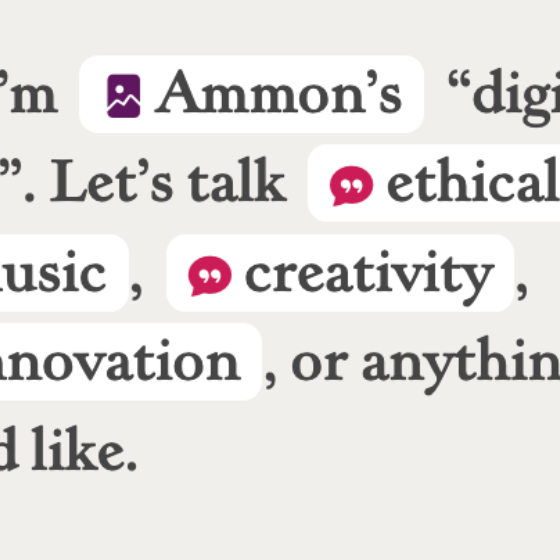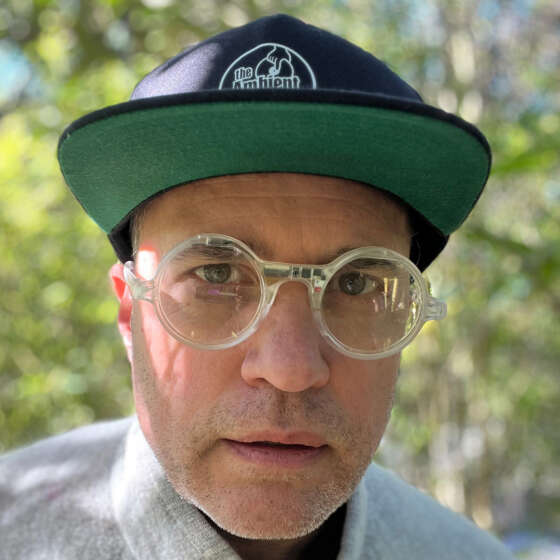In 2015, I had the opportunity to pitch Starbucks on a new type of loyalty platform. One that would leverage AI to deliver individualized gamified offers designed to nudge valuable new behaviors. Starbucks loved our vision and committed $25m — we raised another $5m from an institutional investor.
Over the next 6 years, we deliver more than $1b of incremental value to Starbucks, productized an AI-powered loyalty platform, and brought on additional Fortune 100 companies, including United Airlines. We grew the team to 130 employees and hit $25m in revenue (ARR). Along with my role on the executive leadership team, I led a 10 person design team across product, marketing and R&D.
In August 2022, Formation was acquired by BCG.
